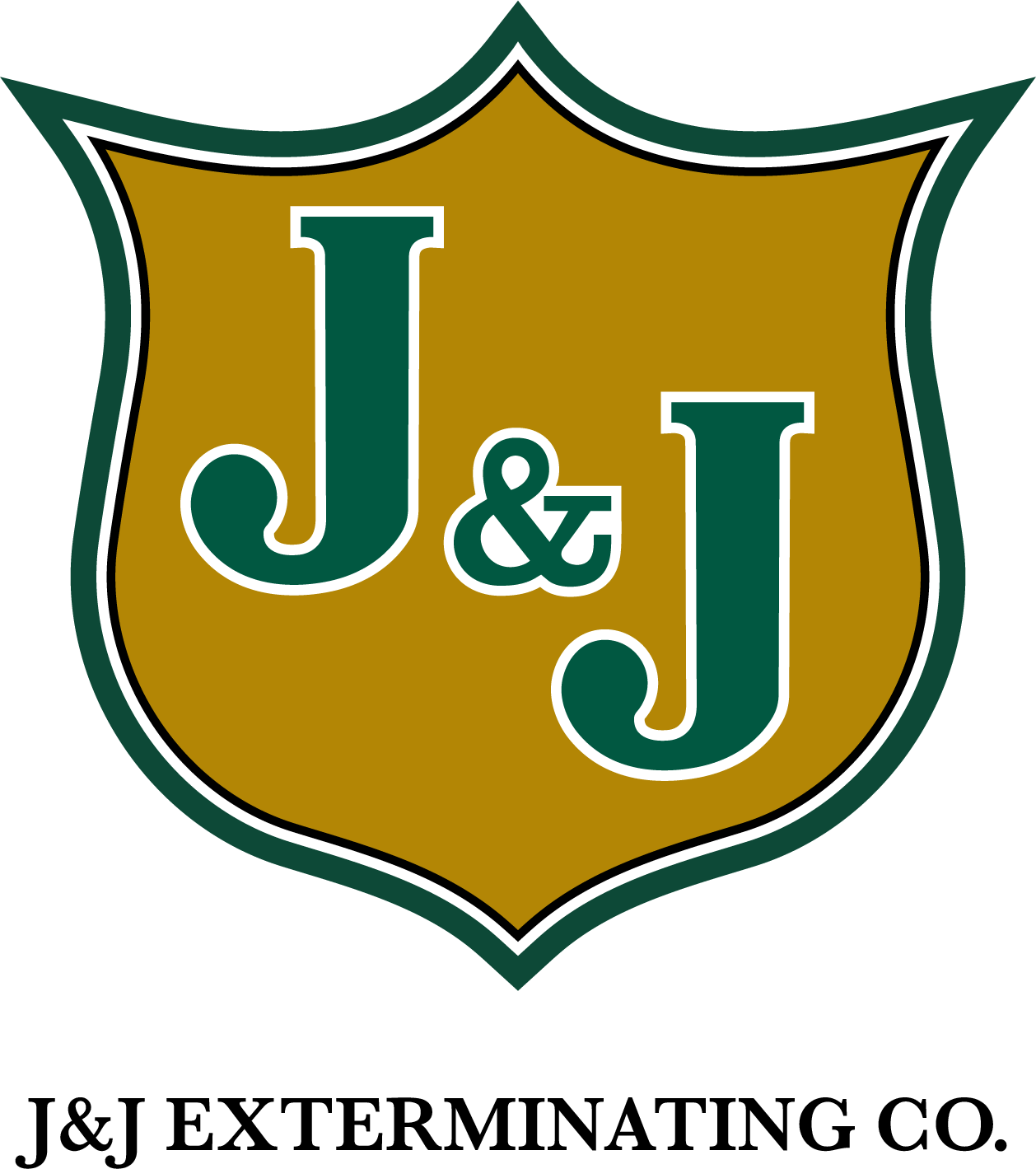Termites are the most economically costly pests of homes and buildings in the US, as they inflict billions of dollars in structural wood damage each year in the country. The most destructive termite pest in the country is easily the eastern subterranean termite (Reticulitermes flavipes), as this species is far more widespread than all other termite pest species in the US. Louisiana is one of the very few, or possibly the only US state where most termite-related destruction is committed by an invasive termite species. This invasive termite pest is commonly known as the Formosan subterranean termite (Coptotermes formanosus), and it emerged in large numbers in New Orleans during the early 1980s. Since then, the Formosan subterranean termite has devastated structures and oak trees in New Orleans, and they have spread to the rest of the state. Considering that the FST was first discovered in New Orleans and other areas along the Gulf Coast during the 1960s, many people wonder why local leaders, urban entomologists and pest control professionals were not better prepared to manage this notably destructive pest once they emerged in New Orleans 20 years later.
Although the FST was first discovered in the US during the mid-1960s when colonies were recovered near shipping ports in Houston, Galveston and New Orleans, experts agree that the termite pests arrived in the country 20 years earlier within infested crates, shipping materials and wooden pallets that were unloaded from ships returning from Asia at the end of World War Two. These infested wooden materials quickly found their way into landfills where they were buried deep beneath the ground. The moist landfill soil allowed FSTs to proliferate, but it likely took the pests several years to travel from urban landfills to urban New Orleans. While reproductive swarmers (alates) from FST colonies would have been noticed before colonies arrived in New Orleans, experts likely mistook large FST alates for similar looking alates of native drywood termite species. Shortly after FST pests became noticeably prevalent in New Orleans, the leading termiticide at the time, chlordane, was discontinued by the EPA, which allowed FSTs to wreak even more havoc during the 1980s. By the 1990s, FST infestations were causing 300 million dollars in damages annually in New Orleans alone. Due to years of FST research conducted in New Orleans, pest control professionals eventually managed to gain an adequate degree of control over FST pest activity in the city.
Have you ever witnessed a swarm of Formosan subterranean termites emerge from a nest?
Tags: Termite Control, Termite Exterminator, Termites




